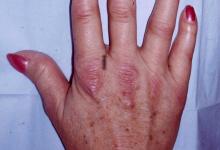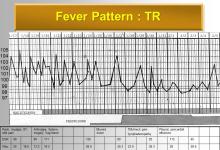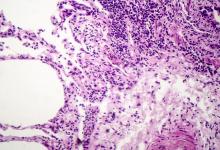Cardiovascular Sequelae in Adults After Kawasaki Disease Save

A long-term cohort study of children diagnosed with Kawasaki disease (KD) shows evidence of future adult cardiovascular complications and hospitalizations. These severe cardiovascular events clustered during the young KD adults and later, a second surge in their late 30s.
Kawasaki disease was first described in 1967, as an acute childhood vasculitis with coronary sequelae. As many of the early KD cohorts now reaching their 30s and 40s, its is uncertain whether clinicians will encounter late cardiovascular complications, including acute coronary syndrome (ACS), chronic coronary syndrome, ischemic cardiomyopathy, heart failure, and arrhythmias.
This retrospective cohort analysis used data from a Japanese Registry of (JROAD-DPC), which compiles clinical records from cardiovascular hospitals nationwide. Adult patients (≥15 years) hospitalized between April 2013 and March 2022 with severe KD-related cardiovascular events who were identified.
Our analysis included 798 hospitalizations (median [IQR] age, 37 years; 74.4% male). Clinical presentations were categorized as ACS (20%), percutaneous coronary intervention (13%), coronary artery bypass grafting (14%), and heart failure or arrhythmia (53%).
The median BMI was 22.9; 197 patients (25%) currently smoked (higher (37.6%) among those with ACS). At discharge, 71% received antiplatelet therapy, 25% received systemic anticoagulation, and 31% were started on a statin. The overall ICU admission was 27.6%, and in-hospital mortality was 1.3%.
Age distribution was bimodal, peaking at younger than 20 years and between the ages of 35 and 39 years, whereas ACS showed only the older peak.
Increased mortality was associated with emergency admissions (OR, 8.49) and nonreferral admissions (OR, 6.69).
Two clusters of CV events and hospitalizations were seen - in young adults and a second surge in their late 30s. One-quarter of participants smoked, and fewer than one-third were discharged on statins, underscoring unmet opportunities for risk factor modification.
These results are imited by not including all adult KD survivors, and the lack of an age-matched non-KD comparator. Nonetheless, it appears that KD patients merit lifelong follow-up programs with heighted awareness by clinicians regarding a future risk of CV complications in KD patients.










If you are a health practitioner, you may Login/Register to comment.
Due to the nature of these comment forums, only health practitioners are allowed to comment at this time.